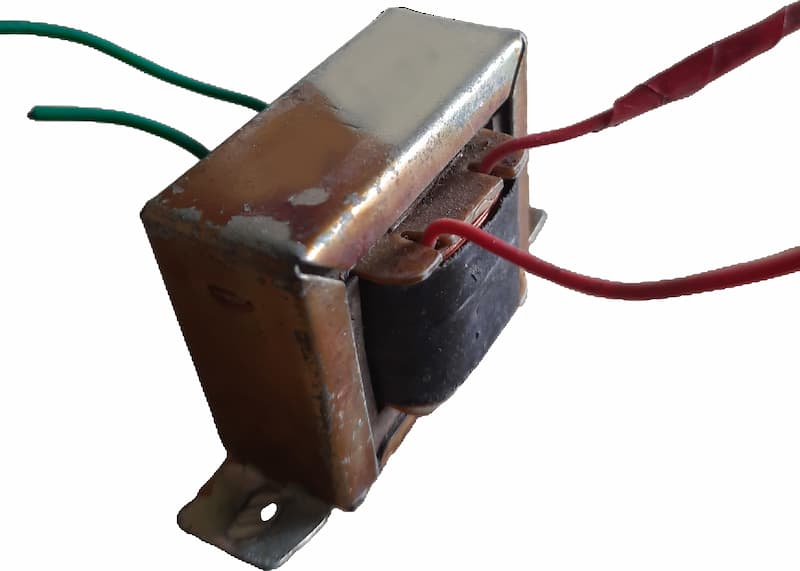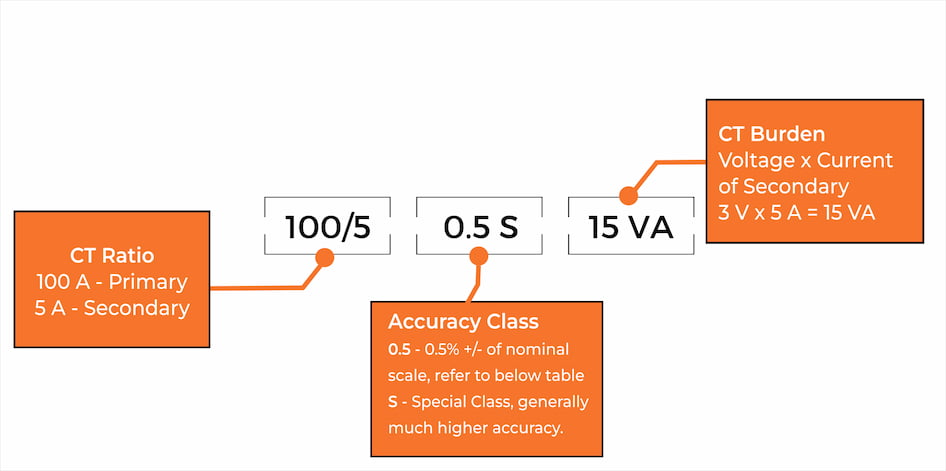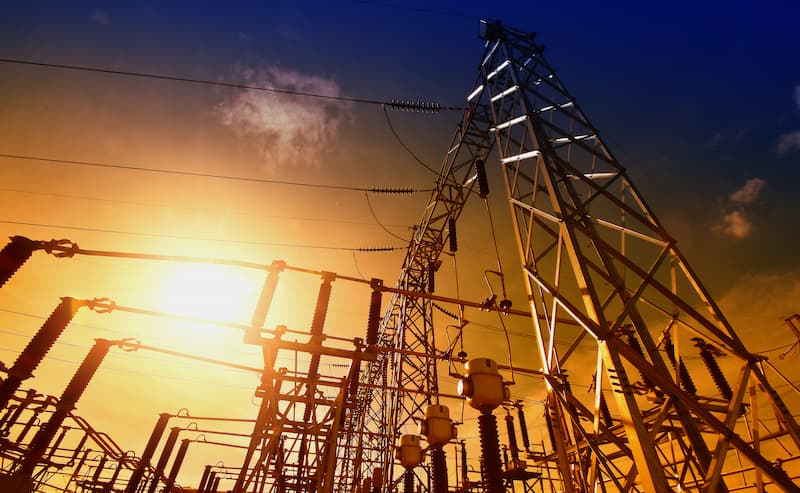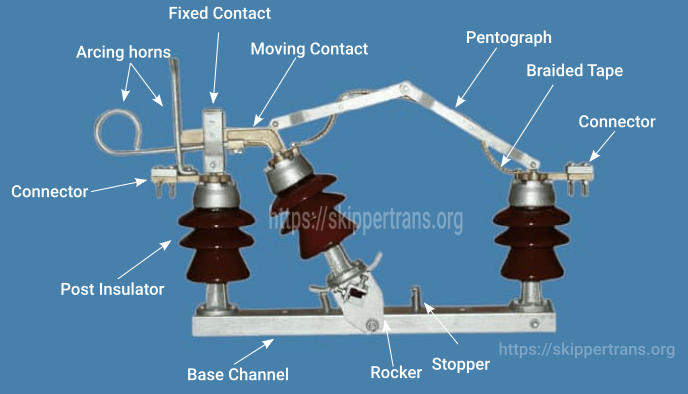
Why is varnish sometimes applied to transformer windings?
What is varnish? Varnish is a protective coating/paint that is often used in the furniture industry to give a finishing and protect wood.
Read More
Published on Jul 15, 2023 by Skipper
Current Transformers (CT) are a type of transformers that multiply or divide current in its secondary coil proportional to the current in its primary coil. Current Transformers only work with Alternating Current (AC) and not with Direct Current (DC). Their equivalent for voltage are called “Voltage Transformers” or “Potential Transformers”.
There are two primary use cases for current transformers, measurement and protection.
Measurement - Current Transformers scale down large values of current to small values so that measured by measuring equipment. These are generally required to be quite accurate as they are for measuring purpose.
Protection - Current Transformers scale down large values of current to small values so that they can operate protection relays. These are not necessarily required to have high accuracy.
They are typically installed in series with the primary conductor carrying the current to be measured or monitored. CTs have a high degree of accuracy and can operate over a wide range of frequencies. They are essential components in many electrical systems, including power generation, transmission, and distribution. Overall, Current Transformers play a critical role in ensuring the safe and efficient operation of electrical systems by accurately measuring current flow and providing protection against overcurrent conditions.
CT Ratio (Current Transformer ratio) is defined as the ratio of the current in primary coil to the current in the secondary coil. It is the vital parameter that determines the degree of current transformation achieved by the transformer.
The ratio is often expressed like 100:5 or 100/5, both of which mean that the primary current is 100 Ampere and the secondary current is 5 Ampere. Hence, a ratio of 100/5 = 20 is achieved. If the primary coil has 100A current, then it will correspond to 5A current in the secondary coil.
For reliable protection of electrical systems and accurate measurements, selecting the proper CT ratio is essential. For low-current applications, higher ratios are typically used, while low ratios are preferred for high-current applications.
When choosing a CT ratio, it’s important to keep things like burden and accuracy class in mind. A lower accuracy class such as 0.2 or 0.5 (or 0.5S) should be selected where highly accurate CTs are required. And CT burden (VA) should be selected appropriately so that the CT.

Above image is showing a current transformer of ratio 300/5 with burden of 5 VA and a class of 0.5S.
In general, anyone involved in designing or running electrical systems that depend on these devices needs to understand current transformer ratios.
| Class | +/- Ratio Error % | +/- Phase Angle in minutes | ||||||||
|---|---|---|---|---|---|---|---|---|---|---|
| % Ip → (% Primary Current) | 1 | 5 | 20 | 100 | 120 | 1 | 5 | 20 | 100 | 120 |
| Measuring Current Transformers | ||||||||||
| 0.1 | --- | 0.4 | 0.2 | 0.1 | 0.1 | --- | 15 | 8 | 5 | 5 |
| 0.2 | --- | 0.75 | 0.35 | 0.2 | 0.2 | --- | 30 | 15 | 10 | 10 |
| 0.5 | --- | 1.5 | 0.75 | 0.5 | 0.5 | --- | 90 | 45 | 30 | 30 |
| 1 | --- | 3 | 1.5 | 1 | 1 | --- | 180 | 90 | 60 | 60 |
| 0.2S | 0.75 | 0.35 | 0.2 | 0.2 | 0.2 | 30 | 15 | 10 | 10 | 10 |
| 0.5S | 1.5 | 0.75 | 0.5 | 0.5 | 0.5 | 90 | 45 | 30 | 30 | 30 |
| Protective Current Transformers | ||||||||||
| 5P | 1 | 60 | ||||||||
| 10P | 3 |
Rated instrument limit primary current - The value of the primary current at rated burden and at composite error of 10 %.
Instrument security factor - The ratio of rated instrument limit primary current to the rated primary current
Note: In the event of short-circuit currents flowing through the primary winding of a current transformer, the thermal stress to the measuring instruments supplied by the current transformer is smallest when the value of the rated instrument security factor is small.
Accuracy class - The limit of the percentage current error at rated current (see table above).
Generally, current transformers are used for a measuring range of 5 % to 120 % of the rated primary current. But for Special Classes like 0.2S, 0.5S the range is from 1% to 120%
Special designs Extended current ratings Current transformers with ext. 200 % can be continuously operated at 2 x Ip, and keep the error limits of their class in the range up to 200 % of the rated primary current.
Current transformers intended to supply protection relays (e.g. 15 VA CI. 5 P 10).
Accuracy class (identification P) - The limit of the percentage current error for the rated accuracy limit primary current.
Rated accuracy limit primary current - The value of primary current up to which the transformer will comply with the requirements for composite error.
Accuracy limit factor - The ratio of the rated accuracy limit primary current to the rated primary current.
The formula for calculating current transformer ratio is straightforward. It involves dividing the primary current by the secondary current.

Where Np = Turns in primary winding
Ns = Turns in secondary winding
Ip = Current in primary winding
Is = Current in secondary winding
The resulting ratio also determines how much voltage will be induced in the secondary winding for a given amount of primary current as voltage ratio is the opposite of the current ratio.

What is varnish? Varnish is a protective coating/paint that is often used in the furniture industry to give a finishing and protect wood.
Read More
Electricity is everywhere in the modern world– you are reading this article on a phone, a desktop, a laptop or a device that is powered by electricity.
Read More
Air break switches are essential components in electrical power distribution and transmission systems.
Read More